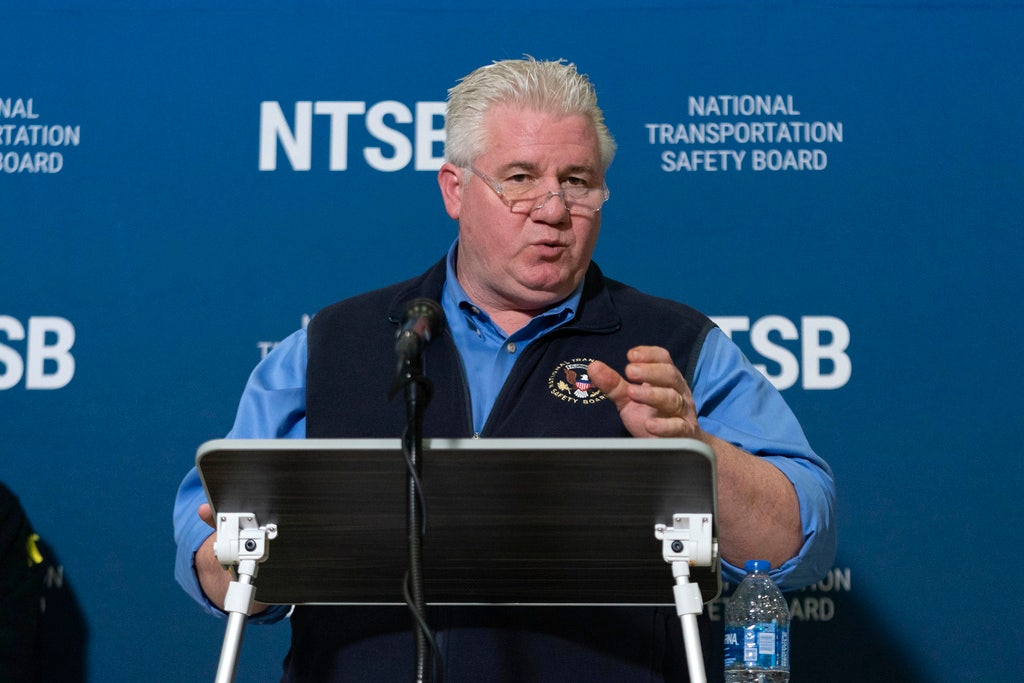ARTICLE AD BOX
THIS ARTICLE IS republished from The Conversation under a Creative Commons license.
The Artemis program has been NASA’s best chance to get “boots on the moon” again. But with the new US administration taking guidance from tech entrepreneur Elon Musk, who is focused on Mars colonization, will they end up abandoning or pushing back lunar missions?
For example, there’s been speculation that returning US president Donald Trump may cancel the Space Launch System rocket, which NASA intended to use to get from the moon to Mars. But is this approach likely to help them get to Mars quicker?
The last human presence on the lunar surface was Apollo 17 in 1972. So you may imagine that it should be easy for the US to return. However there have been plans to once again send people there since 2004, which have changed name with each incoming president, until its current incarnation as the Artemis program.
The 2022 Artemis-1 test flight was successful in its mission to send an unmanned satellite around the lunar orbit and return using the new SLS rocket system. But Artemis-2, which will carry crew, is not scheduled for launch until 2026. When we consider private companies and other nations, this is comparatively slow progress.
The plan for the Artemis mission.
The first successful landing of a spacecraft on the moon by the Indian Space Agency, Isro, took place in 2023 with Chaandrayan-3, which was an amazing achievement with a low budget. China landed in 2013 with Chang'e 3, and Chang'e 4 in 2019 on the dark side.
Russia has previously had landers on the moon. Its more recent attempt at a lunar landing with Luna-25 was unsuccessful, though. There are also future lander missions planned by the European Space Agency with Argonaut, a private Israeli company, and other private companies. Clearly, there is no shortage of potential competitors that could eventually develop to send humans too.
Implications for Mars
So would turning to Martian exploration be a sensible move instead of heading for the moon? It would likely mean abandoning the Lunar Gateway project, a space station in orbit around the moon where astronauts could live. But as this is not planned until 2027 at the earliest, this would seem acceptable.
However the difference between going to the moon and going to Mars is like the difference between walking to the end of your road versus walking to another country.
Besides the incredible difference in distance (the distance to travel to Mars is 833 times greater than that of the distance to the moon), the time taken to get there is far longer as well. The optimal lunar launch conditions repeat once a month. And you could still launch at times that are not ideal.

 3 days ago
6
3 days ago
6






![Walking with the Tall Whites (2020) [1080p] [WEBRip] [YTS.MX]](https://yts.mx/assets/images/movies//medium-cover.jpg)

 English (US) ·
English (US) ·